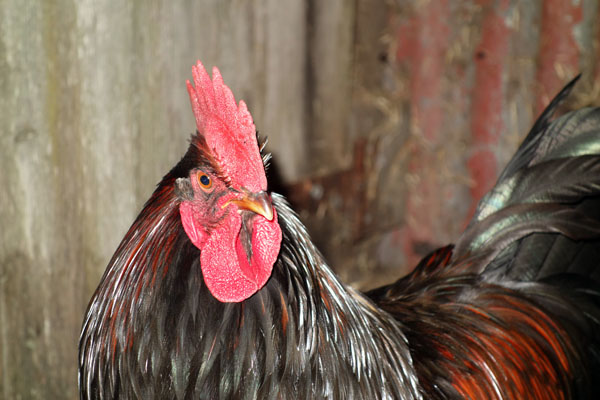 Now that we have passed the solstice and it’s all uphill from here, in a length of days kind of way, poultry activities have taken an upturn and its chicken time again. Even if I was innocent of all knowledge of the lengthening days, I would know that it is chicken time as people suddenly start calling and emailing me every day asking for birds and eggs.
Now that we have passed the solstice and it’s all uphill from here, in a length of days kind of way, poultry activities have taken an upturn and its chicken time again. Even if I was innocent of all knowledge of the lengthening days, I would know that it is chicken time as people suddenly start calling and emailing me every day asking for birds and eggs.
I start actually taking orders in August. In the mean time things are afoot for this year’s breeding season. Over winter all the ladies have been living in one big house with the oldest and most experienced bloke to keep them all safe. “Why one bloke?”, I hear you ask. The sad truth is that he was the only breeding cockerel from last year to survive the predations of Aquila audax fleayi, the Tasmanian wedge tail eagle. Fortunately(?) a pair of these endangered eagles successfully bred near us last year. Our property was in their hunting range… It was the first time I had ever lost adult cockerels due to predation. The even sadder part is that the eagles would sometimes kill, or fatally wound, birds and leave them there uneaten. It could be due to young ones learning to hunt and trying for things that are too big for them to carry yet. Or maybe they have only learned the killing bit and not the eating bit.
Anyway, long story short, last season was flaming death from above. All told about eight breeding birds bit the dust. One hen was a three time eagle attack survivor, by the second attack she was the only one not injured and was firmly in the chook house and wouldn’t come out for days. Clearly she had learned, and hopefully she will pass her lessons learned on to her chicks and flock mates this year. I remain committed to free range breeding, however it is hard to see predators take birds, especially when they don’t even have the decency to eat them.
The high level of predation last year can be put down to a couple of things, a good season for eagles and hawks and the fact that last year I built new chook houses that are much further from the house than the present ones. The eagles especially don’t like to come too close to the humans, hawks are a bit more used to humans and I did have one plucking chicks from a yard very near the house last year. I ended up making it fully enclosed as a result.
In more cheerful news last year’s young blokes have been growing out and showing their true colours. I have chosen three newcomers to be this year’s lucky winners; Forrest, Dan and Darkness.
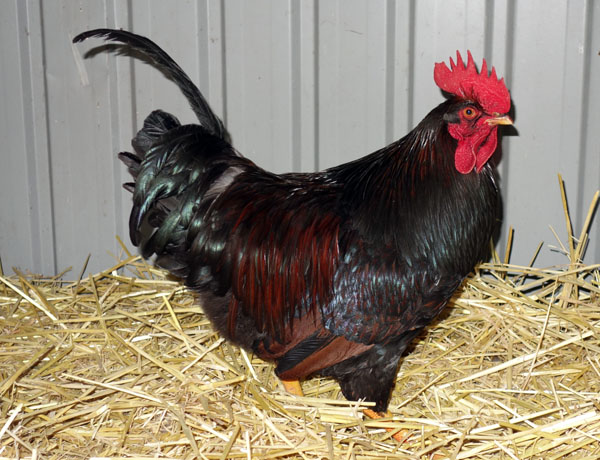
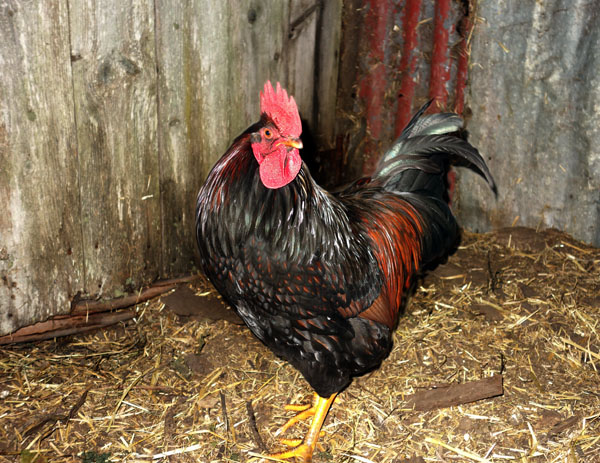

They were moved to their respective breeding sheds today. After they have had time to settle in there and make them their own, ladies will be joining them.
When I first moved to Tasmania I found that Barnevelders were quite inbred here and also had a trait I had not seen elsewhere. In any given hatch there would be a number of very light coloured chicks. Barnevelder chicks should be brown, with dark brown stripes. Here’s one I prepared earlier…
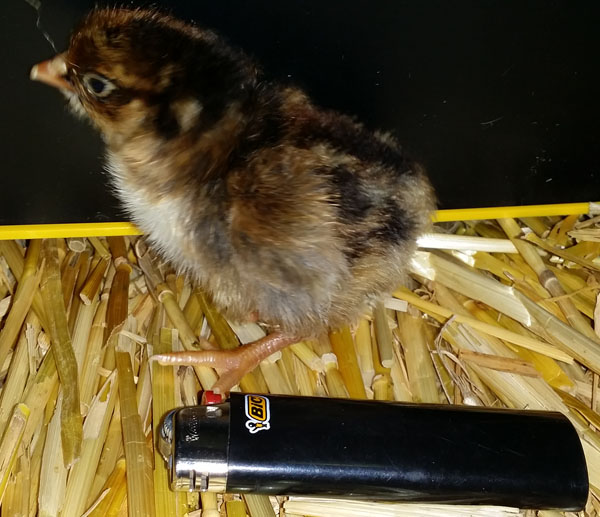
This is actually the smallest chick I ever hatched. Lighter for scale.
Somewhat undesirably the chicks were coming out like this. Some dark but many light.
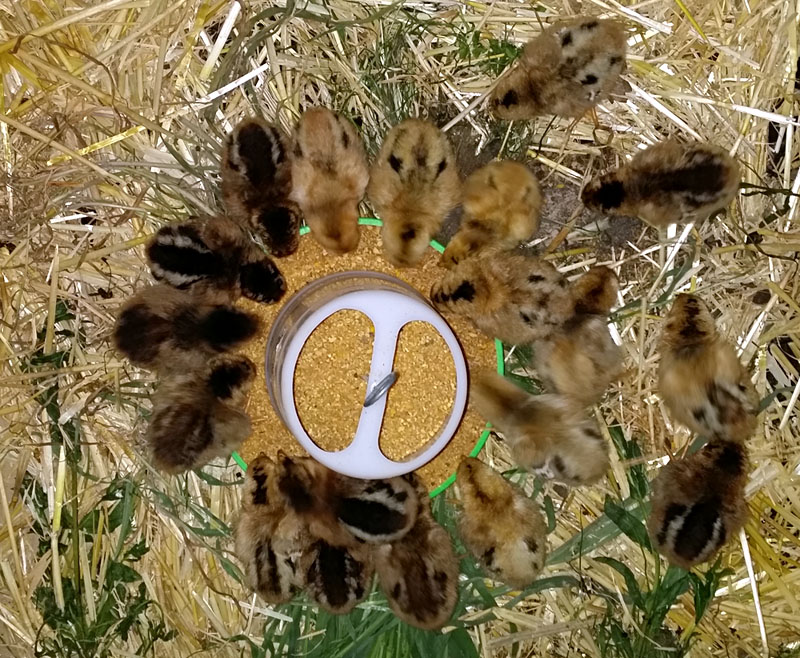
When these birds feather up as adults they all look like Barnevelders should. I suspect what has happened is that at some stage someone has crossed Barnevelders with something else in an effort to combat the kind of inbreeding that often happens in places with a small population of birds, like here is Tasmania. This is not an unreasonable approach if you don’t have any other options. However it is not optimal, so this year’s breeding is focusing on, among other things, elimination of these light coloured chicks. Last year I tagged all the brown chicks and it is from these that this year’s breeders have come.
Down South Farm
Living Happy in Sunny Tasmania
